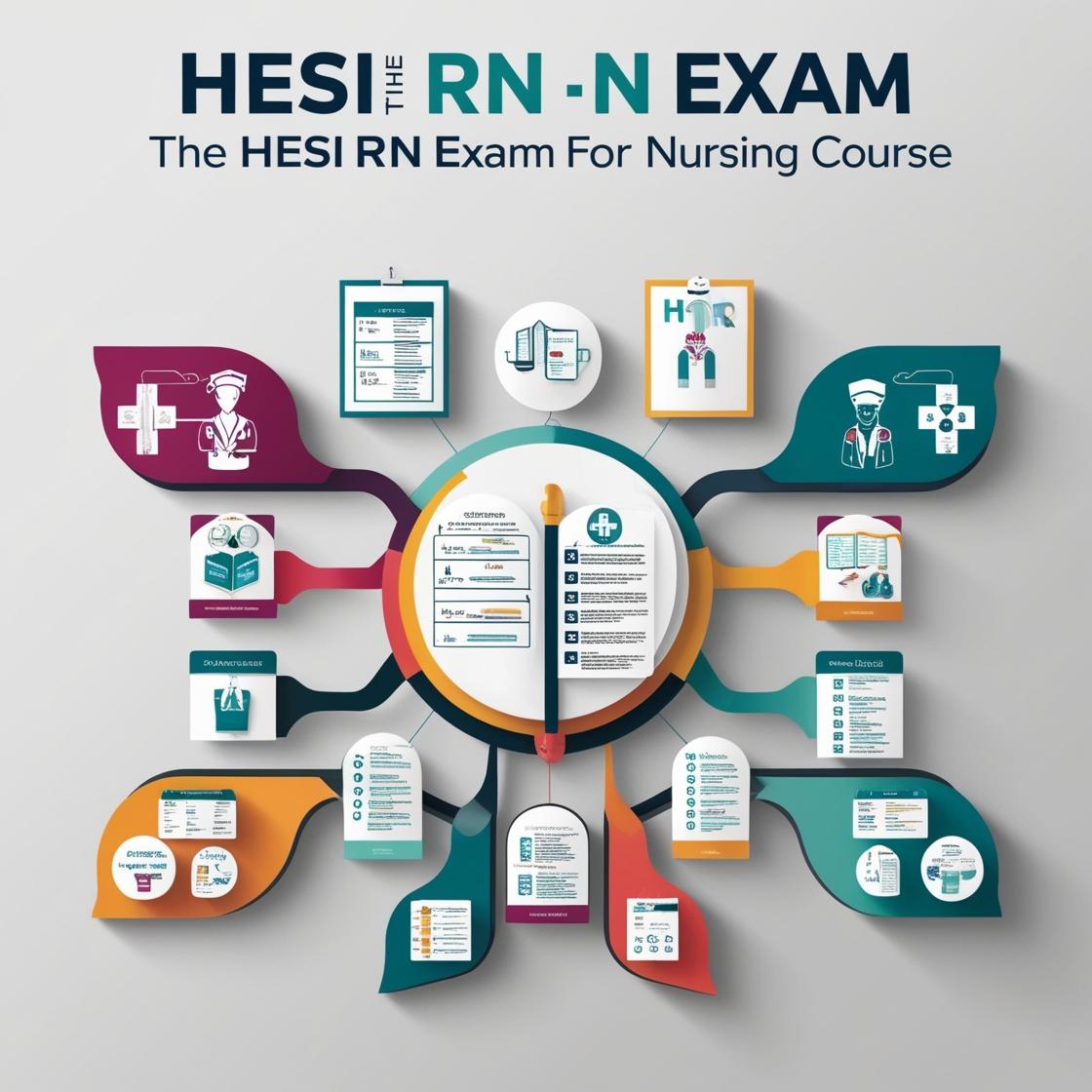HESI RN
Reproductive Health Exam
1. What type of epithelium lines the urinary bladder?
- A. Transitional epithelium.
- B. Stratified epithelium.
- C. Glandular tissue.
- D. Endometrium.
Correct answer: A
Rationale: The correct answer is A: Transitional epithelium. The urinary bladder is lined with transitional epithelium, a specialized type of epithelial tissue that can stretch and recoil to accommodate changes in volume as the bladder fills and empties. Stratified epithelium (choice B) is not the main lining of the urinary bladder and is found in other areas like the skin. Glandular tissue (choice C) is responsible for producing secretions and is not typically found lining the urinary bladder. Endometrium (choice D) is the inner lining of the uterus and is not present in the urinary bladder.
2. Which of the following structures is responsible for the production of sperm?
- A. Epididymis
- B. Seminal vesicles
- C. Testes
- D. Prostate gland
Correct answer: C
Rationale: The testes are the male reproductive organs responsible for the production of sperm through a process called spermatogenesis. The epididymis is a structure where sperm mature and are stored temporarily. Seminal vesicles produce a significant portion of the fluid that ultimately becomes semen, but they do not produce sperm. The prostate gland contributes additional fluid to semen but does not produce sperm. Therefore, the correct answer is the testes.
3. During menopause, what do ovaries stop producing?
- A. Progesterone and Estrogen
- B. Prolactin
- C. Human chorionic gonadotropin
- D. Oxytocin
Correct answer: A
Rationale: During menopause, the ovaries stop producing progesterone and estrogen. Progesterone and estrogen are hormones essential for the menstrual cycle and reproductive functions. Prolactin is a hormone responsible for milk production in the breasts and is not primarily produced by the ovaries. Human chorionic gonadotropin (hCG) is produced during pregnancy to support the production of progesterone and estrogen. Oxytocin is a hormone involved in labor and breastfeeding, not primarily produced by the ovaries.
4. Why is abortion important?
- A. It is easily conducted
- B. It can easily be diagnosed
- C. It causes serious complications such as infections and maternal death
- D. All of the above
Correct answer: C
Rationale: Abortion is important due to the serious complications it can cause, such as infections and maternal death. Choices A and B are incorrect because ease of conducting or diagnosing abortion procedures does not inherently make abortion important. Choice D is incorrect because not all the options listed are reasons why abortion is important; only choice C highlights the critical aspect of potential complications.
5. What is a cord inserted to the very edge of the placenta known as?
- A. Battledore insertion
- B. Placenta velamentosa
- C. Placenta accreta
- D. Vasa Praevia
Correct answer: A
Rationale: A cord inserted to the very edge of the placenta is known as battledore insertion. This occurs when the cord is attached to the fetal membranes at the placental margin rather than directly to the placental tissue. Placenta velamentosa refers to the condition where the umbilical cord inserts into the fetal membranes before it reaches the placenta. Placenta accreta is a condition where the placenta attaches too deeply into the uterine wall. Vasa Praevia is a condition where fetal blood vessels run across or near the internal cervical opening.
Similar Questions

Access More Features
HESI RN Basic
$89/ 30 days
- 50,000 Questions with answers
- All HESI courses Coverage
- 30 days access @ $89
HESI RN Premium
$149.99/ 90 days
- 50,000 Questions with answers
- All HESI courses Coverage
- 30 days access @ $149.99
